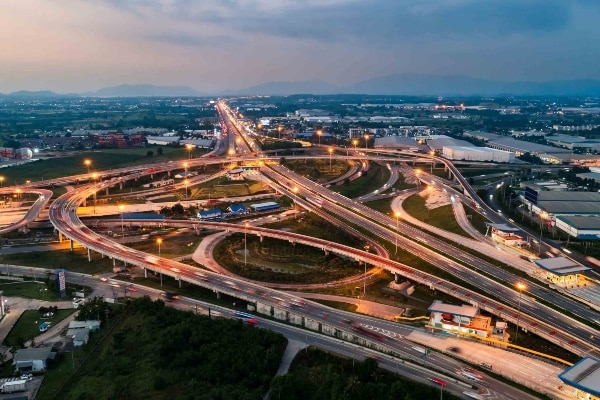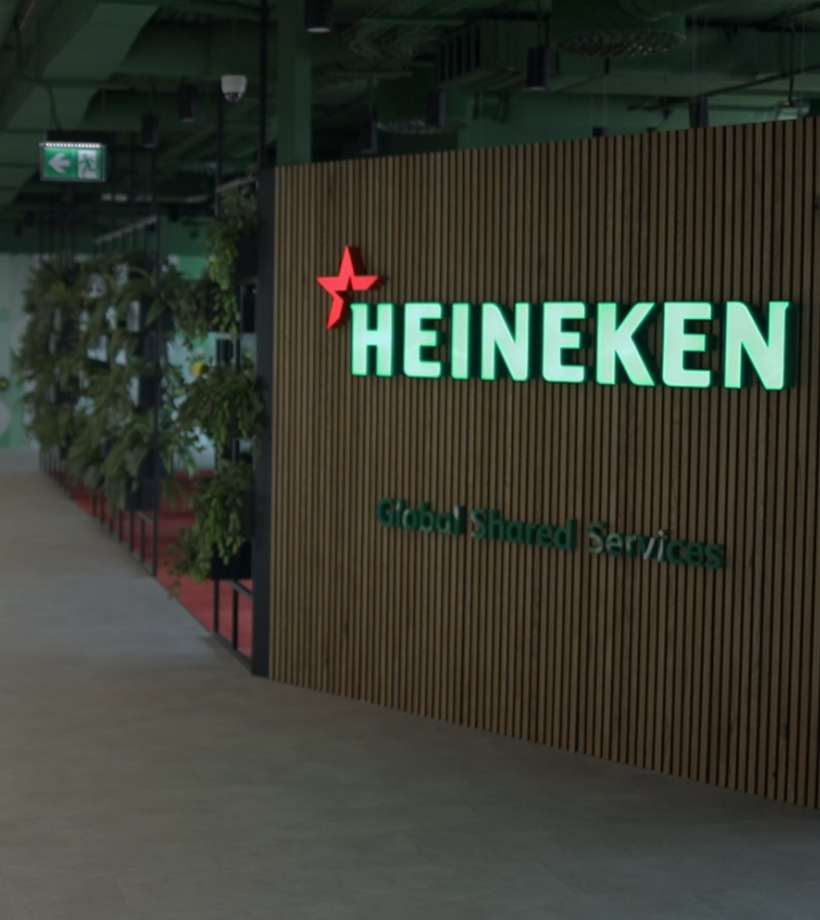-
Featured services
2026 Global AI Report: A Playbook for AI Leaders
Why AI strategy is your business strategy: The acceleration toward an AI-native state. Explore executive insights from AI leaders.
Access the playbook -
Services
Alle Services und Produkte anzeigenNutzen Sie unsere Fähigkeiten, um die Transformation Ihres Unternehmens zu beschleunigen.
-
Services
Network-Services
Beliebte Produkte
-
Services
Cloud
Beliebte Produkte
-
Services
Consulting
-
Edge as a Service
-
Services
Data und Artificial Intelligence
- KI und intelligente Lösungen
- Daten-/KI-Strategie und -Programm
- Data Engineering und Plattformen
- Daten-Governance und -management
- Datenvisualisierung und Entscheidungsfindung
- $name
- GenAI Platforms
- GenAI Industry Services
- GenAI Infrastructure Services
- GenAI Value Transformation
- Data und Artificial Intelligence
-
-
Services
Global Data Centers
-
Beliebte Produkte
-
Services
Application Services
-
Services
Sustainability Services
-
Services
Digital Workplace
-
Services
Business Process Services
-
Services
Generative AI
-
Services
Cybersecurity
-
Services
Enterprise Application Platforms
![]()
IDC MarketScape: Anbieterbewertung für Rechenzentrumsservices weltweit 2023
Wir glauben, dass Marktführer zu sein eine weitere Bestätigung unseres umfassenden Angebotes im Bereich Rechenzentren ist.
Holen Sie sich den IDC MarketScape -
-
Erkenntnisse
Einblicke und RessourcenErfahren Sie, wie die Technologie Unternehmen, die Industrie und die Gesellschaft prägt.
-
Erkenntnisse
Ausgewählte Einblicke
-
Die Zukunft des Networking
-
Using the cloud to cut costs needs the right approach
When organizations focus on transformation, a move to the cloud can deliver cost savings – but they often need expert advice to help them along their journey
-
So funktioniert Zero-Trust-Sicherheit für Ihr Unternehmen
Sorgen Sie dafür, dass Zero-Trust-Sicherheit für Ihr Unternehmen in hybriden Arbeitsumgebungen funktioniert.
-
-
Erkenntnisse
![]()
Copilot für Microsoft 365
Jeder kann mit einem leistungsstarken KI-Tool für die tägliche Arbeit intelligenter arbeiten.
Copilot noch heute entdecken -
-
Lösungen
Alle LösungenWir helfen Ihnen dabei, den Anforderungen an kontinuierliche Innovation und Transformation gerecht zu werden
Global Employee Experience Trends Report
Excel in EX mit Forschung basierend auf Interviews mit über 1.400 Entscheidungsträger:innen auf der ganzen Welt.
Besorgen Sie sich den EX-Report -
Erfahren Sie, wie wir Ihre Geschäftstransformation beschleunigen können
-
Über uns
Neueste Kundenberichte
-
Liantis
Im Laufe der Zeit hatte Liantis, ein etabliertes HR-Unternehmen in Belgien, Dateninseln und isolierte Lösungen als Teil seines Legacysystems aufgebaut.
-
Randstad
We ensured that Randstad’s migration to Genesys Cloud CX had no impact on availability, ensuring an exceptional user experience for clients and talent.
-
-
![Heineken Landing Page]()
NTT DATA und HEINEKEN
HEINEKEN revolutioniert die Mitarbeitererfahrung und die Zusammenarbeit mit einem hybriden Arbeitsplatzmodell.
Lesen Sie die Geschichte von HEINEKEN -
- Karriere
Topics in this article
Data centers
This has accelerated the demand for hyperscale data centers. Hyperscale refers to the capability of an IT system or architecture to scale exponentially and rapidly to respond to demand that is increasingly heavily. Given the nature of digital businesses today, hyperscale data centers are expected to dominate the data center market. A report by Data Bridge Market Research estimates that the hyperscale data center market size will grow at a compound annual growth rate of 26.93% in the forecast period of 2021 to 2028.
Some of the key enablers or drivers that are powering the growth of hyperscale data centers include:The need to scale quickly: In the current times of increased digital demand, hyperscale data centers give organizations the ability to quickly expand or contract. Hyperscale data centers can scale both horizontally and vertically. Horizontal scaling refers to adding more servers in the network, while vertical scaling refers to adding more CPU or RAM. Hyperscale data centers are custom built and can handle specific high volume workloads such as genome processing or cancer research. Hyperscale data centers also have distinct characteristics that are different from their traditional counterparts.
The need for resilience: Given the increased dependence on digital, no organization can afford a single moment of downtime. Hyperscale data centers are built by design to avoid any failure at any given node or server. For example, in case a server fails, the application or workload can be moved from one server to another server, without downtime. Due to the modularity, data center operators can replace individual physical components, rather than the traditional approach of replacing the entire server, which not only increases costs, but also increases the downtime. This approach also gives extreme flexibility in scaling at the physical level, as components can be added modularly.
The need for saving energy: Hyperscale data centers are setting high performance standards of energy efficiencies. From using the latest technologies such as liquid cooling to using AI for optimizing energy usage, hyperscale data centers are setting the performance benchmarks for the future.
The need for more automation: Today, more than ever, IT operations teams are being asked to manage complex IT infrastructure. This, when coupled with rising volumes of data, makes the task of IT teams more difficult to manage today’s dynamic, constantly changing IT environments. Automation is clearly the need of the hour and automation enabled by AI will play a huge role. Hyperscalers are leading the way in using AI for IT operations and are increasingly setting the trend that will see AI being embedded in every component of IT infrastructure. Powered by AI, hyperscalers are quickly defining the future of IT infrastructure – from self-healing infrastructure to databases that can recover quickly in the event of a failure or networks that can automatically configure and reconfigure without any human intervention.
The growth of hyperscale data centers can be seen from the fact that according to research from Synergy Research Group, the total number of large data centers operated by hyperscale providers increased to 597 at the end of 2020, having more than doubled since the end of 2015.
Going forward, hyperscale data centers are expected to dominate data center spending. As businesses continue to shift applications from on-premise to cloud-based infrastructure, hyperscalers will be increasingly preferred thanks to their increased focus on efficiencies and scale.




